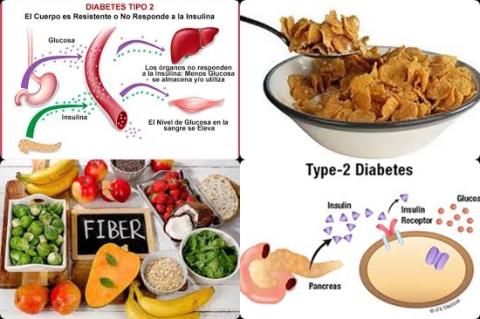
Objectives:
The purpose of this review article is to review previously published meta-analyses on the effectiveness of dietary fiber on type 2 diabetes.
Study design:
This umbrella review article included 16 meta-analyses.
Results and conclusions:
The investigators found in the meta-analyses when comparing highest versus lowest dietary fiber intake, a statistically significant reduced risk of 15 to 19% [RR = 0.81-0.85] for type 2 diabetes. However, statistically significant heterogeneity was observed in all of these meta-analyses.
The investigators found in the meta-analyses when comparing highest versus lowest dietary cereal fibers, a statistically significant reduced risk of 13 to 33% [RR = 0.67-0.87] for type 2 diabetes. However, statistically significant heterogeneity was observed in all of these meta-analyses.
The investigators found in the meta-analyses of supplementation studies using β-glucan or psyllium fibers on type 2 diabetic participants, statistically significant reductions were identified in both fasting blood glucose concentrations and glycosylated hemoglobin percentages.
The investigators concluded that those consuming the highest amounts of dietary fiber, especially cereal fiber, may benefit from a reduction in the incidence of developing type 2 diabetes. May benefit because statistically significant heterogeneity was observed in all of these meta-analyses.
There also appears to be a small reduction in fasting blood glucose concentration, as well as a small reduction in glycosylated hemoglobin percentage for individuals with type 2 diabetes who add β-glucan or psyllium to their daily dietary intake.
Original title:
Dietary Fiber Intake and Type 2 Diabetes Mellitus: An Umbrella Review of Meta-analyses by McRae MP.
Link:
https://www.ncbi.nlm.nih.gov/pubmed/29628808
Additional information of El Mondo:
Find more information/studies on diabetes, meta-analyses/heterogeneity and dietary fiber right here.